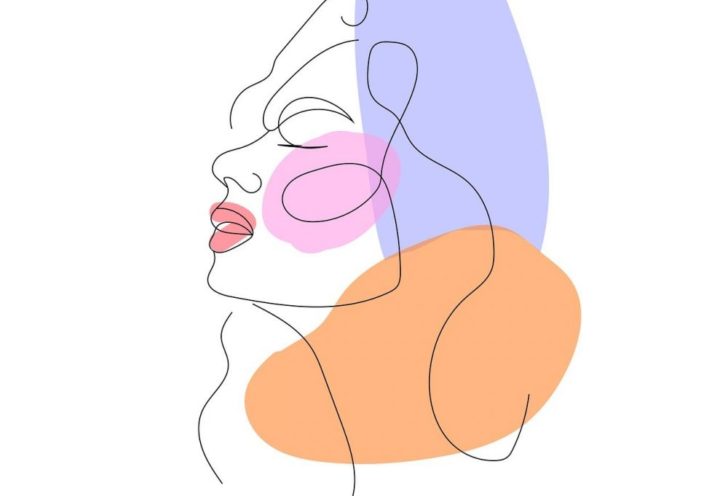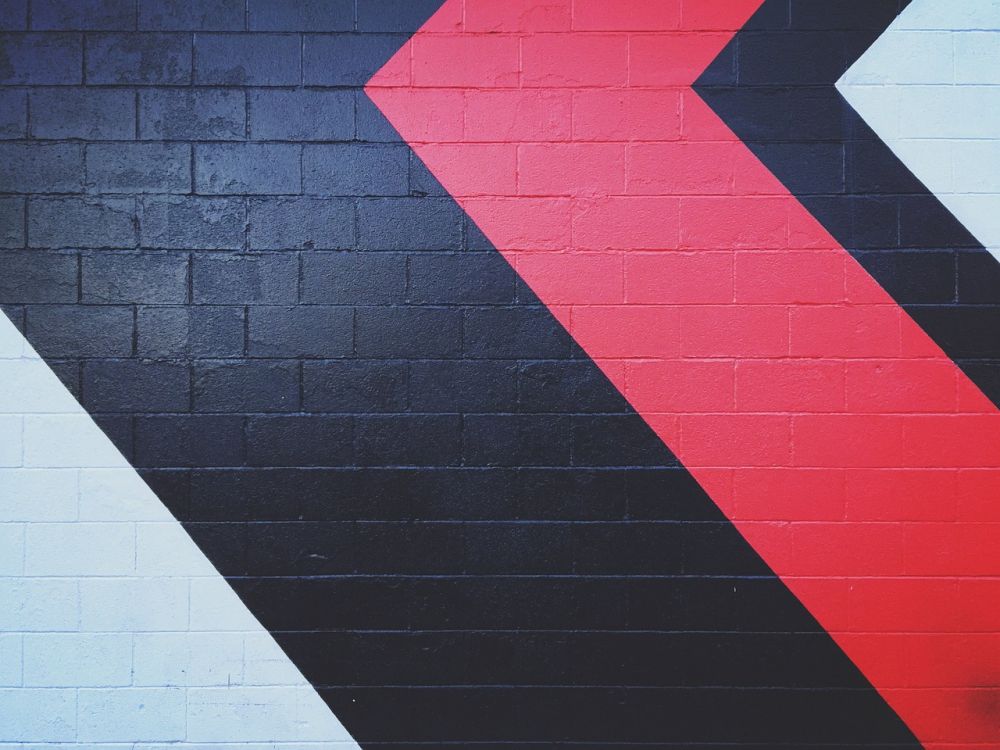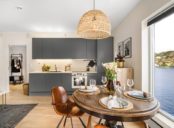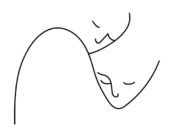Scandinavian Design: A Timeless Fusion of Functionality and Elegance

Introduction:
Scandinavian design has gained international recognition for its unique blend of functionality, minimalism, and effortless elegance. This article provides a comprehensive overview of Scandinavian design, highlighting its various types, popularity, and distinguishing characteristics. In addition, we delve into quantitative measurements, discussing how Scandinavian design stands out from other design styles. Furthermore, we explore how different forms of Scandinavian design diverge from one another and present a historical analysis of their advantages and disadvantages.
I. An Overarching Overview of Scandinavian Design

Scandinavian design is a design movement originating in the Nordic countries of Sweden, Denmark, Norway, Finland, and Iceland. It emerged in the early 20th century and has since become synonymous with simplicity, clean lines, and functionalism. Drawing inspiration from the stunning landscapes and harsh climates of the region, Scandinavian design embraces natural materials, light colors, and practicality.
II. Extensive Presentation of Scandinavian Design
1. Types of Scandinavian Design:
a. Furniture: Scandinavian design is renowned for its minimalist and ergonomic furniture. Iconic pieces such as Arne Jacobsen’s Egg Chair and Poul Henningsen’s PH lamp showcase the marriage of form and function.
b. Architecture: Scandinavian architecture emphasizes functionalism and blends harmoniously with the environment. The works of Alvar Aalto exemplify the integration of nature into architectural design.
c. Textiles: Scandinavian design encompasses textiles characterized by simplicity, quality craftsmanship, and timeless patterns. Marimekko’s vibrant prints and Gudrun Sjödén’s organic fabrics epitomize this aspect of Scandinavian design.
2. Popularity of Scandinavian Design:
Scandinavian design’s popularity is widespread, embraced by individuals seeking a sense of tranquility and harmony in their homes. Its minimalistic aesthetics and focus on functionality resonate with those desiring an organized and clutter-free living space. Furthermore, its versatility and timelessness make it appealing to a broad audience, ranging from young professionals to older generations.
III. Quantitative Measurements of Scandinavian Design
Scandinavian design’s impact can be quantified through various elements, such as sales figures and industry recognition. Here are some quantitative measurements that highlight its prominence:
1. Market demand: Scandinavian design’s global market has witnessed a steady rise, with an increase in sales of Scandinavian furniture and home goods year after year.
2. Industry recognition: Scandinavian designers have consistently received accolades in international design competitions, reinforcing the immense respect and recognition the design style has garnered.
IV. Distinguishing Differences within Scandinavian Design
While Scandinavian design shares common characteristics, variations exist between countries and individual designers. These differences can be identified through the following:
1. Color palette: Scandinavian design typically features a light and neutral color palette, but variations exist. Swedish design tends to embrace pastel hues, while Danish design often incorporates bold pops of color.
2. Materials: While all Scandinavian design focuses on using natural materials, material preferences can differ. For instance, Finnish design often showcases the use of birch, while Norwegian design embraces the warmth of oak.
V. Historical Overview: Advantages and Disadvantages of Scandinavian Design
1. Advantages:
a. Timelessness: Scandinavian design’s minimalist aesthetic and emphasis on functionality contribute to its timelessness. Pieces from the mid-20th century continue to be highly sought after and hold their value.
b. Sustainability: The use of natural and durable materials in Scandinavian design aligns with sustainability principles.
c. Innovation: Scandinavian design has a tradition of innovation that transcends aesthetics. Designers embrace new technologies and experiment with materials to create innovative pieces.
2. Disadvantages:
a. Potential coldness: Some critics argue that Scandinavian design can appear cold and sterile due to its minimalistic nature.
b. Limited personalization: The focus on simplicity in Scandinavian design sometimes limits the opportunity for personalization and individual expression.
VI. Conclusion
In conclusion, Scandinavian design’s timeless fusion of functionality and elegance has garnered global acclaim. Its minimalist aesthetics, attention to detail, and emphasis on natural materials have made it a favorite among individuals seeking a harmonious living space. The various types of Scandinavian design, its quantitative measurements, diverging characteristics, and historical advantages and disadvantages all contribute to its enduring appeal. Whether it’s a classic piece of furniture or an architectural marvel, Scandinavian design continues to inspire and captivate individuals worldwide.





















